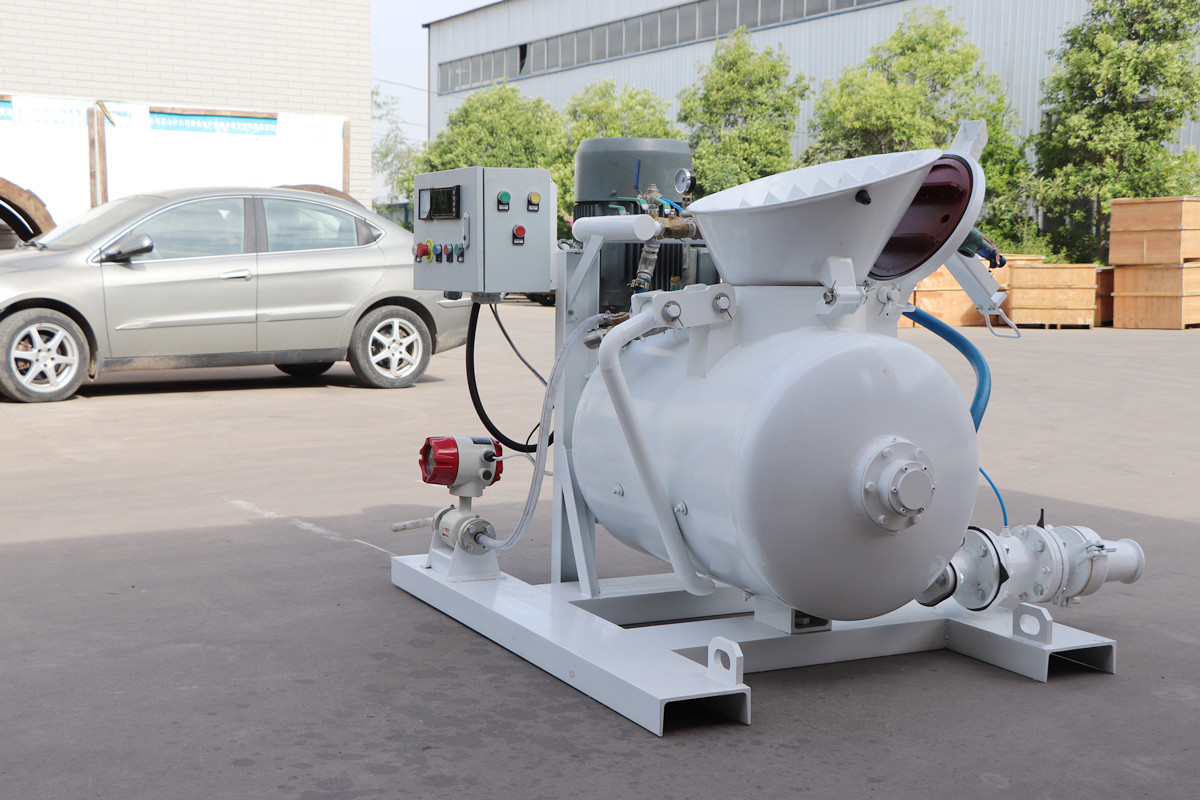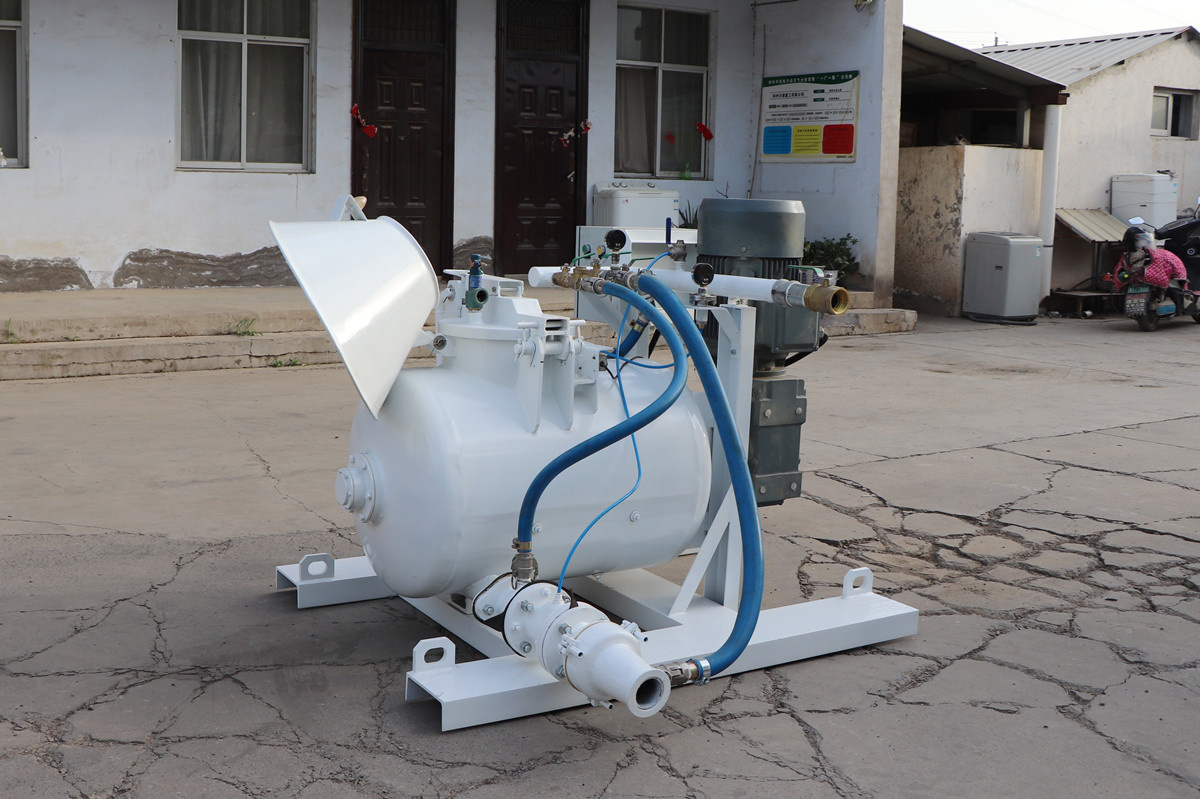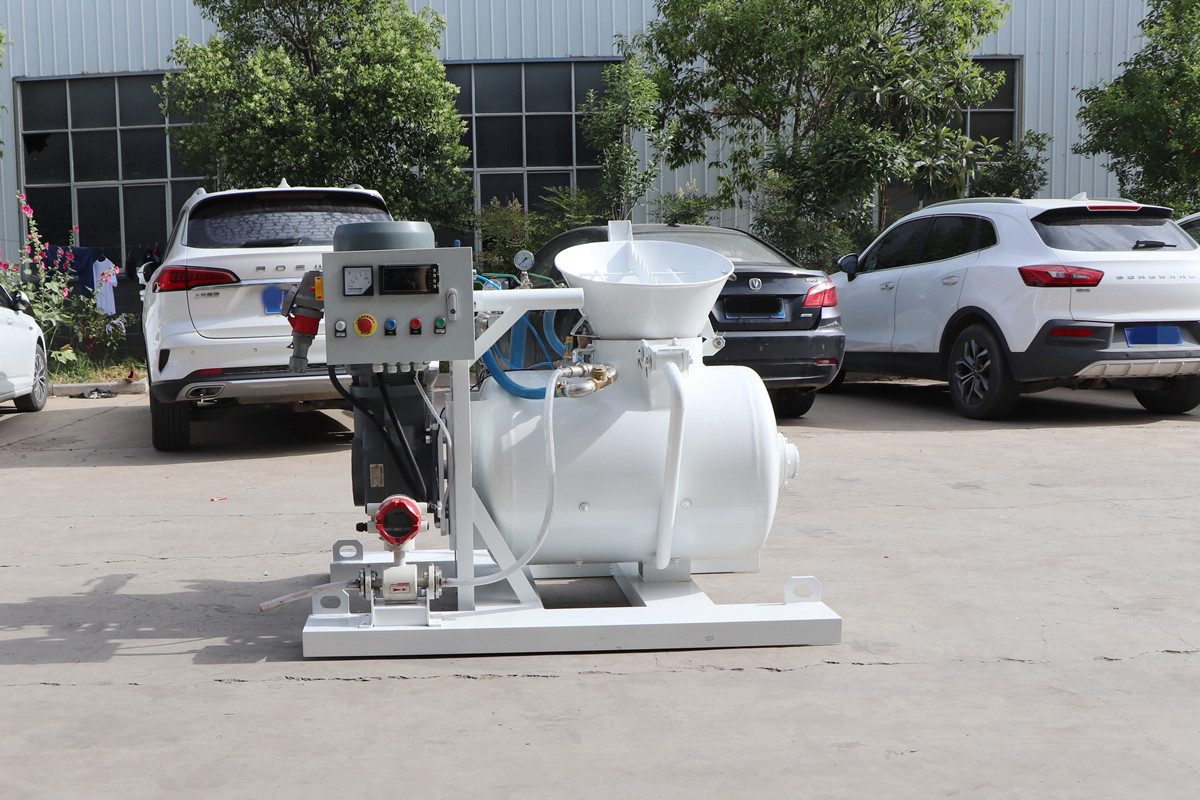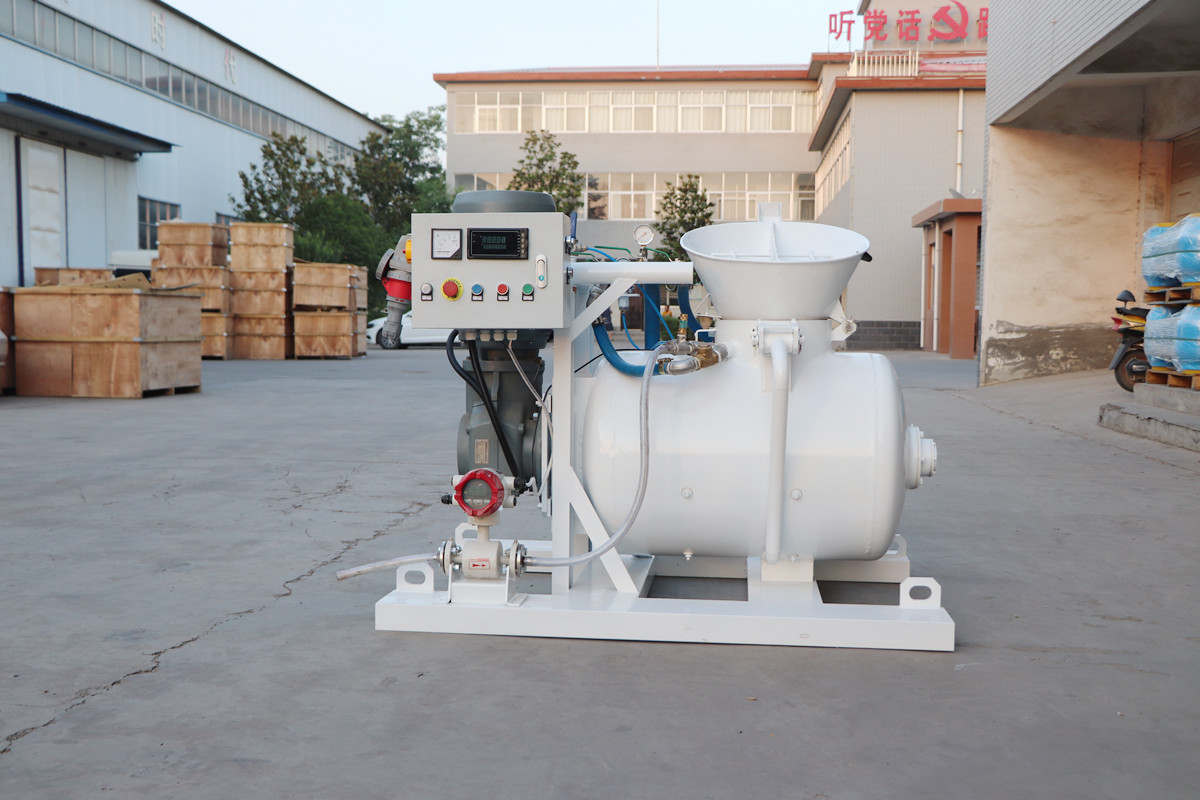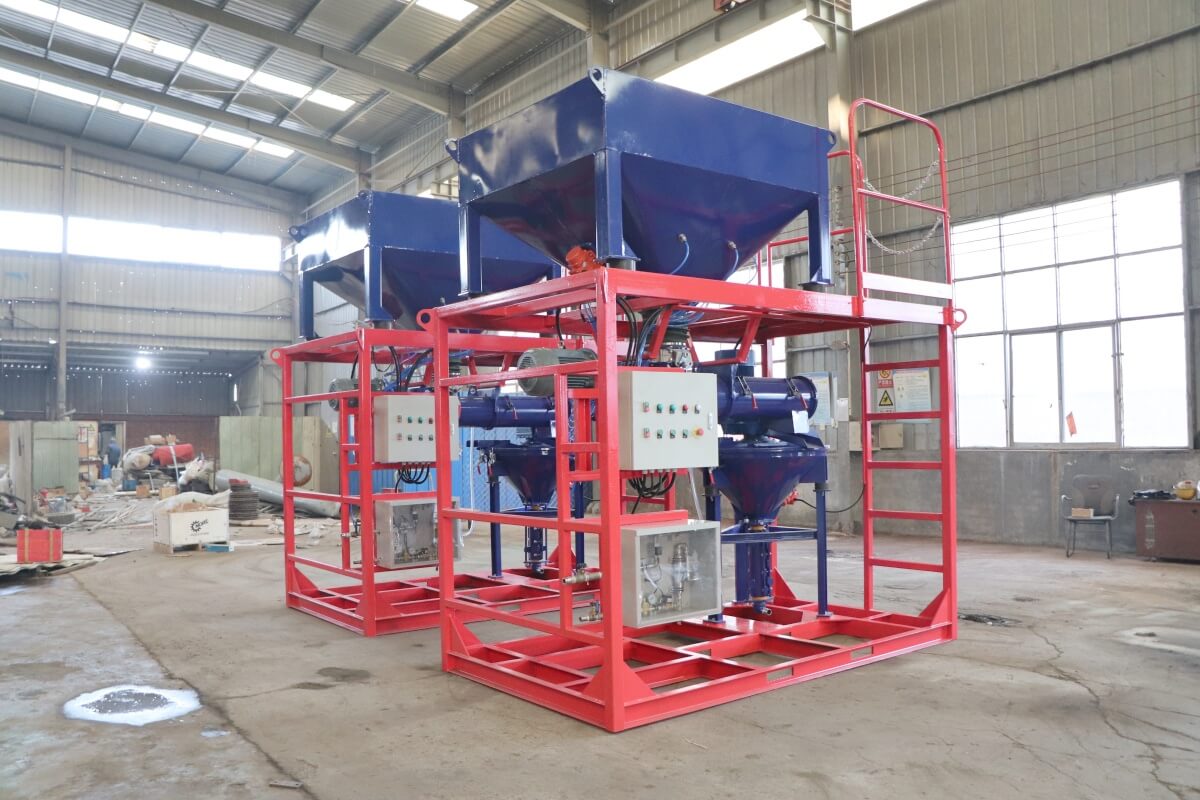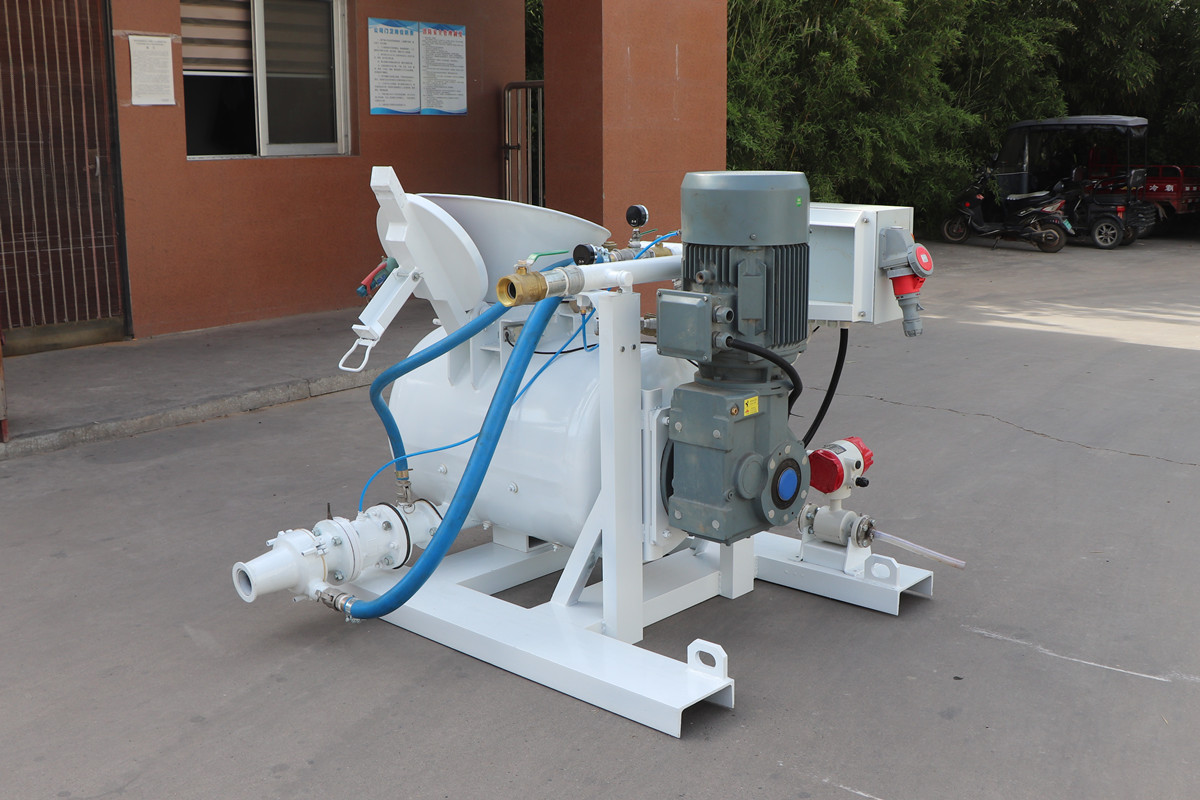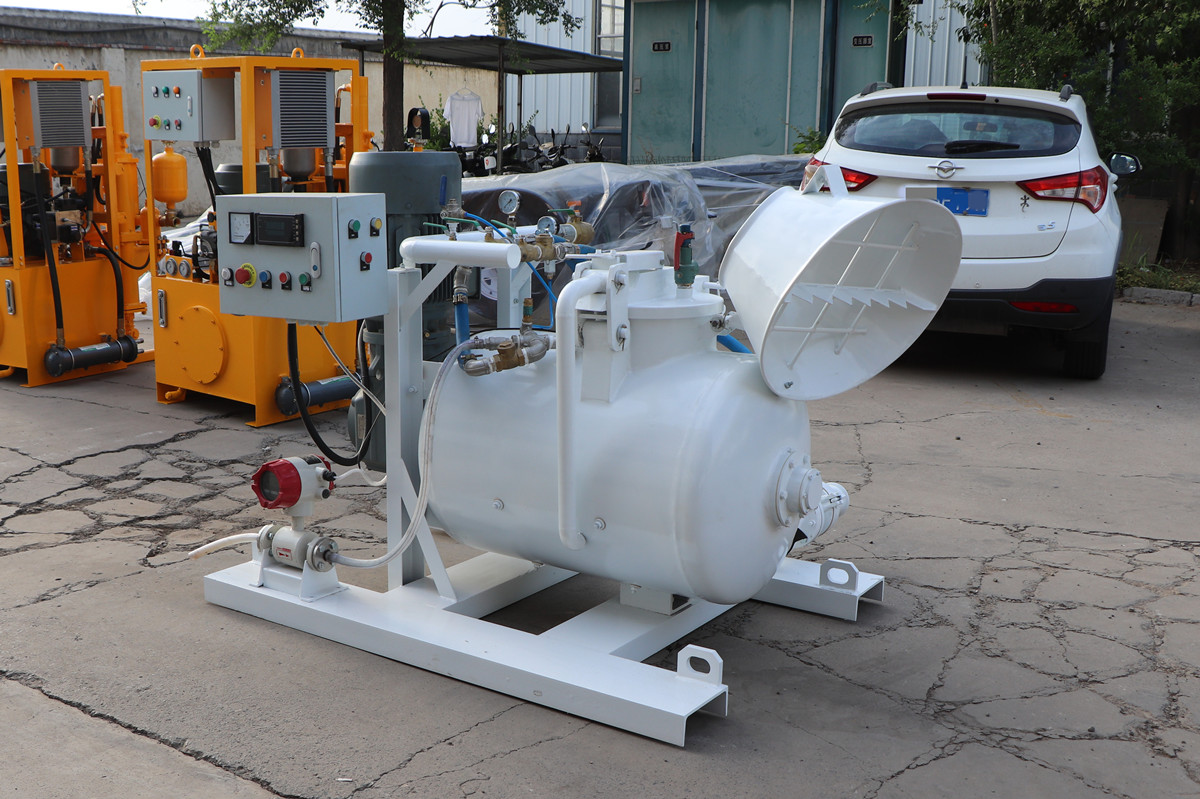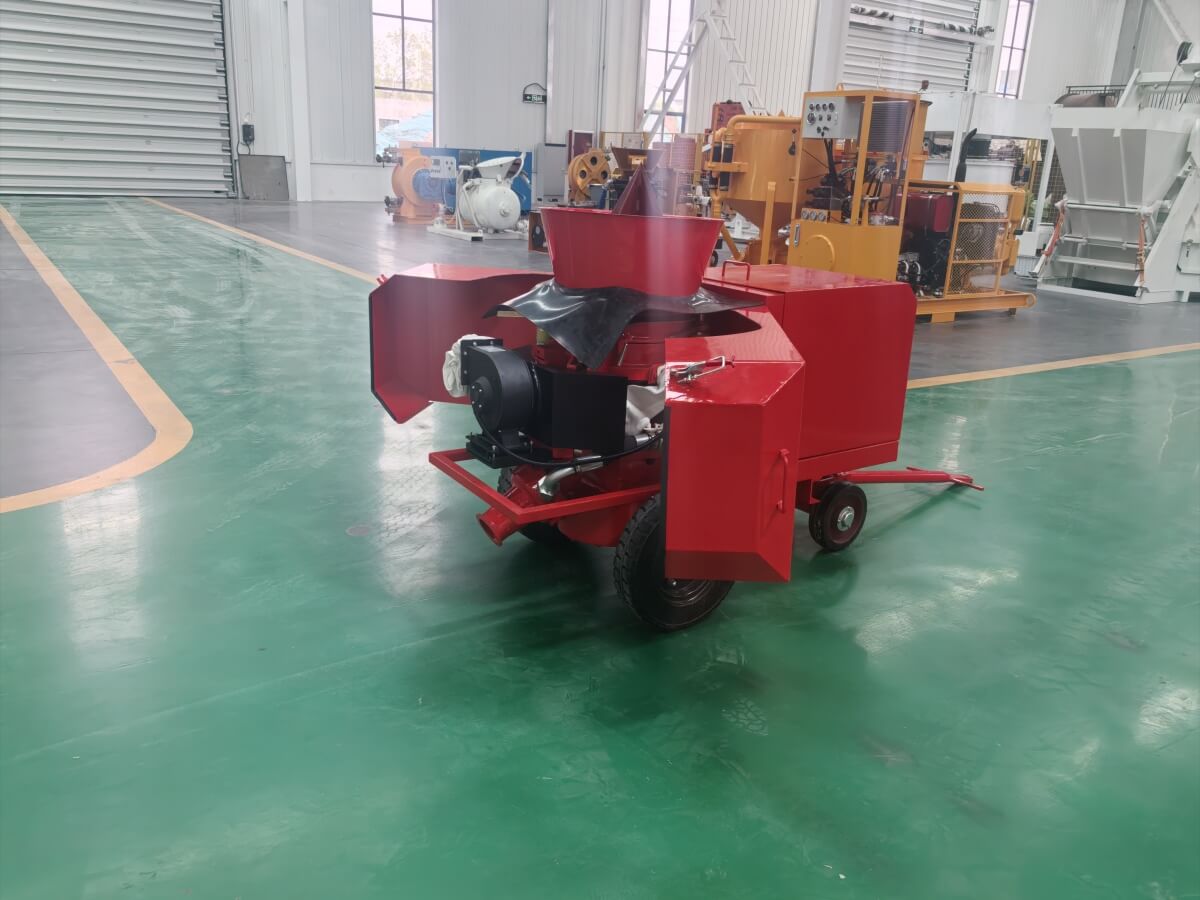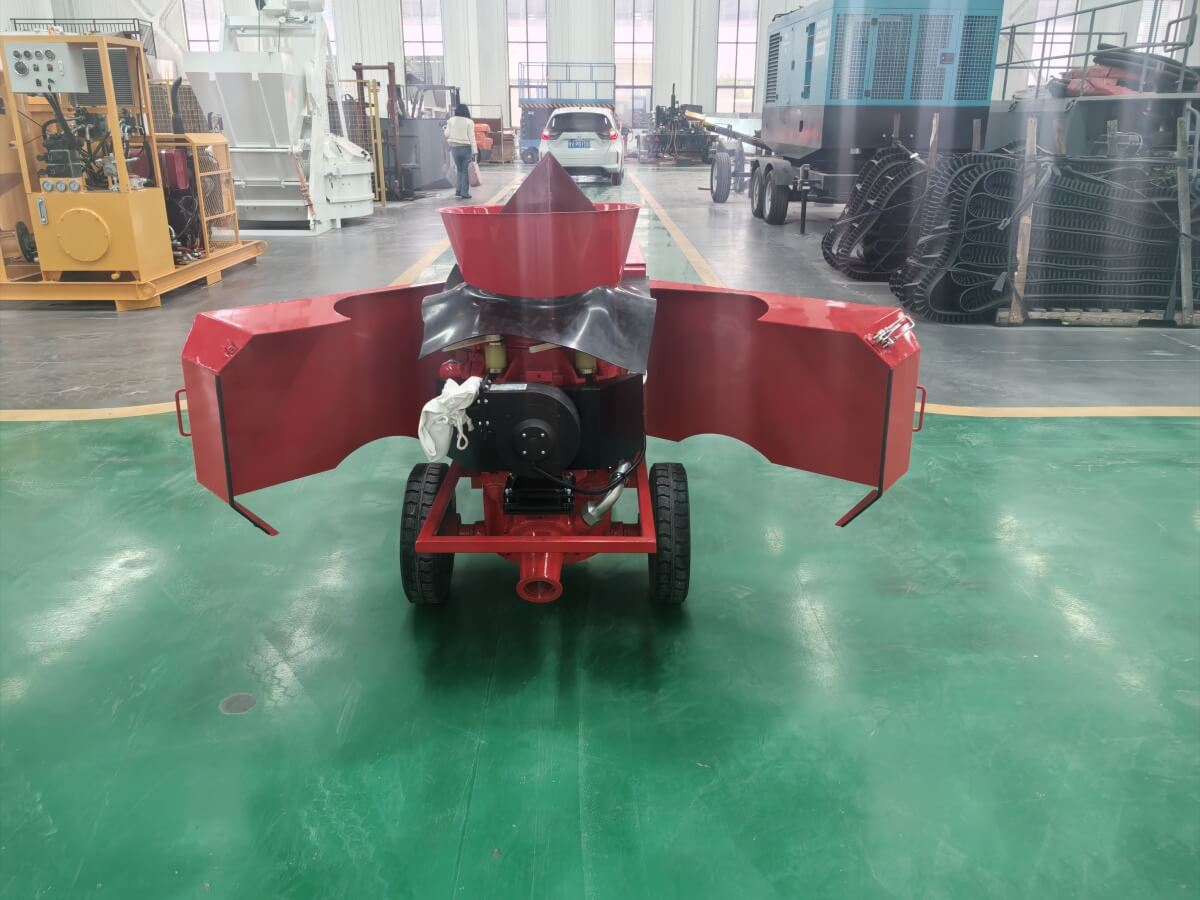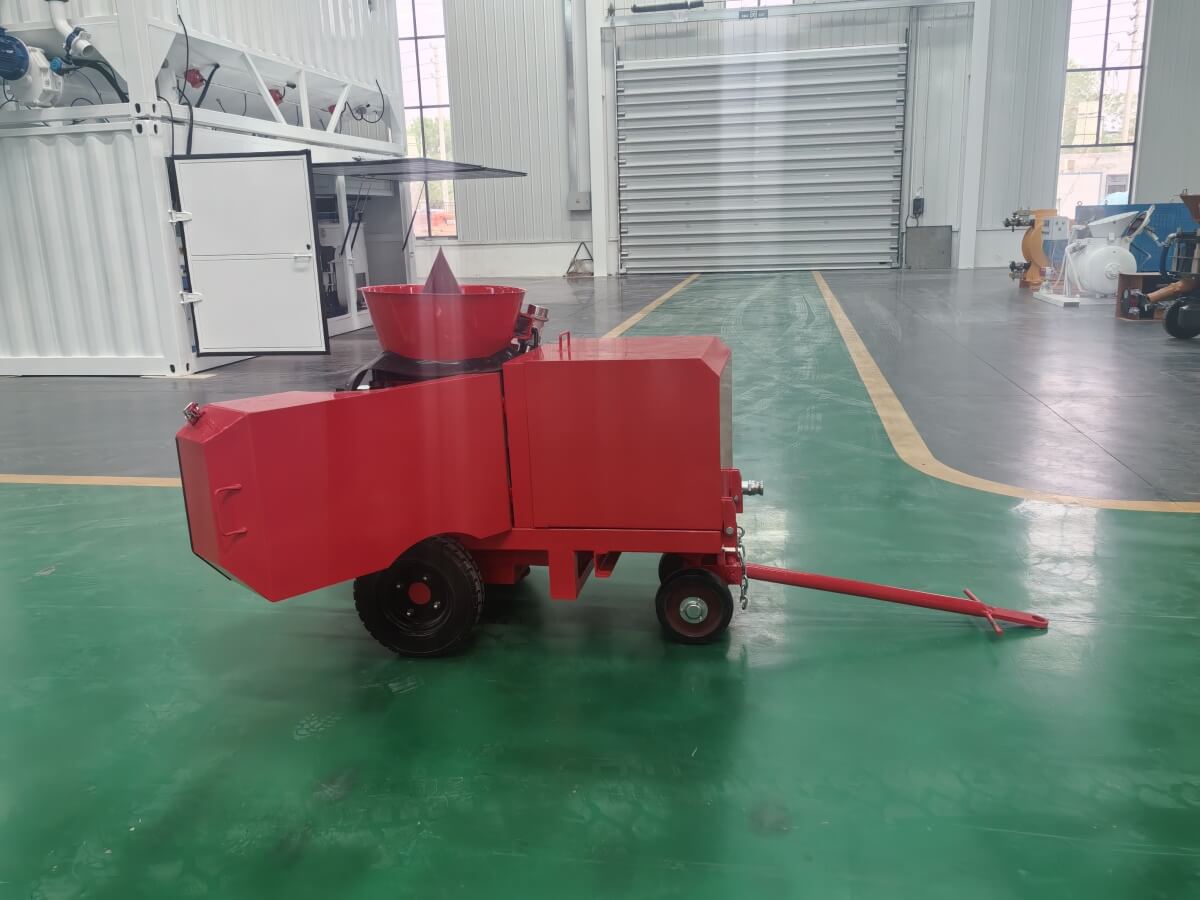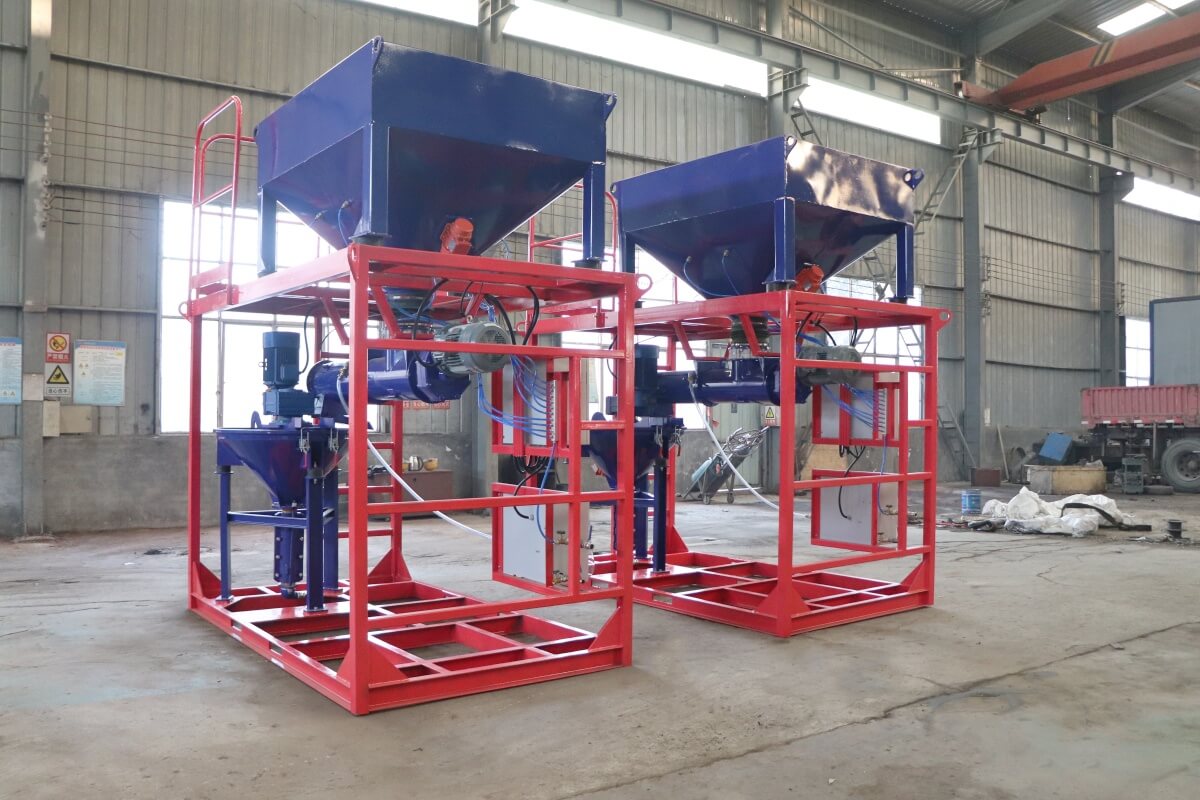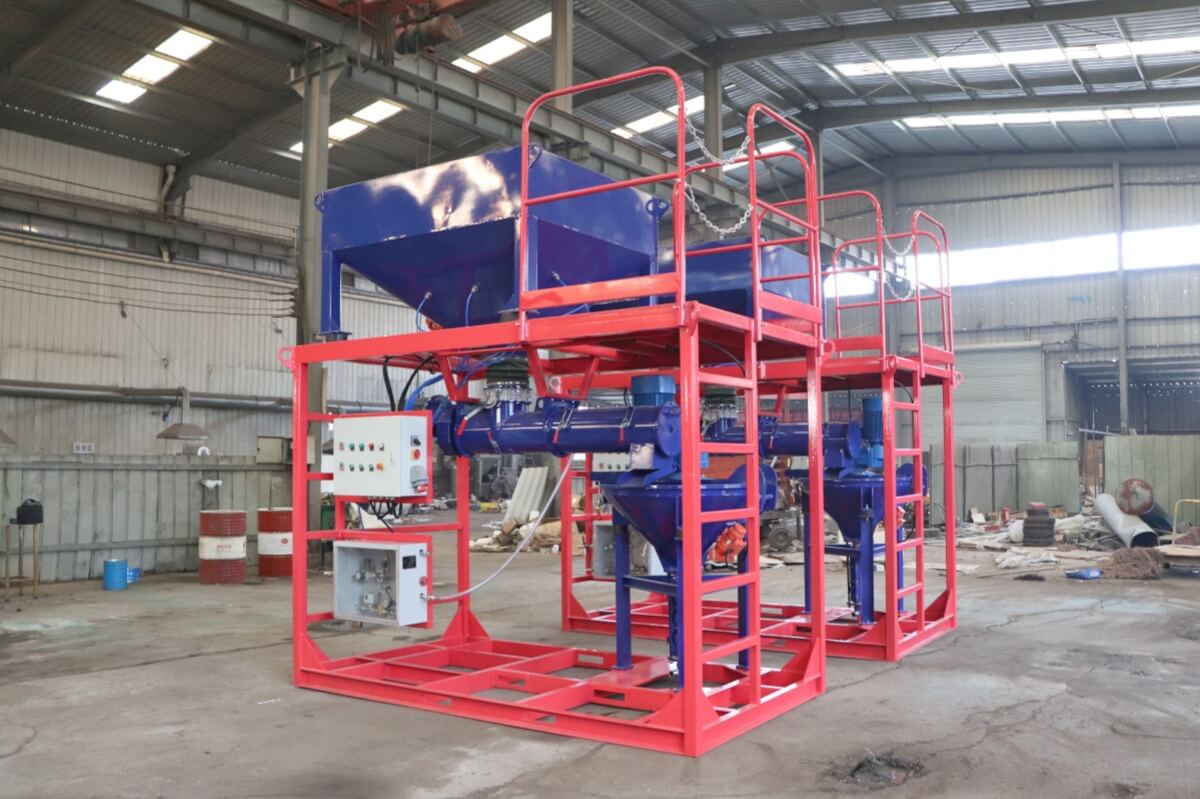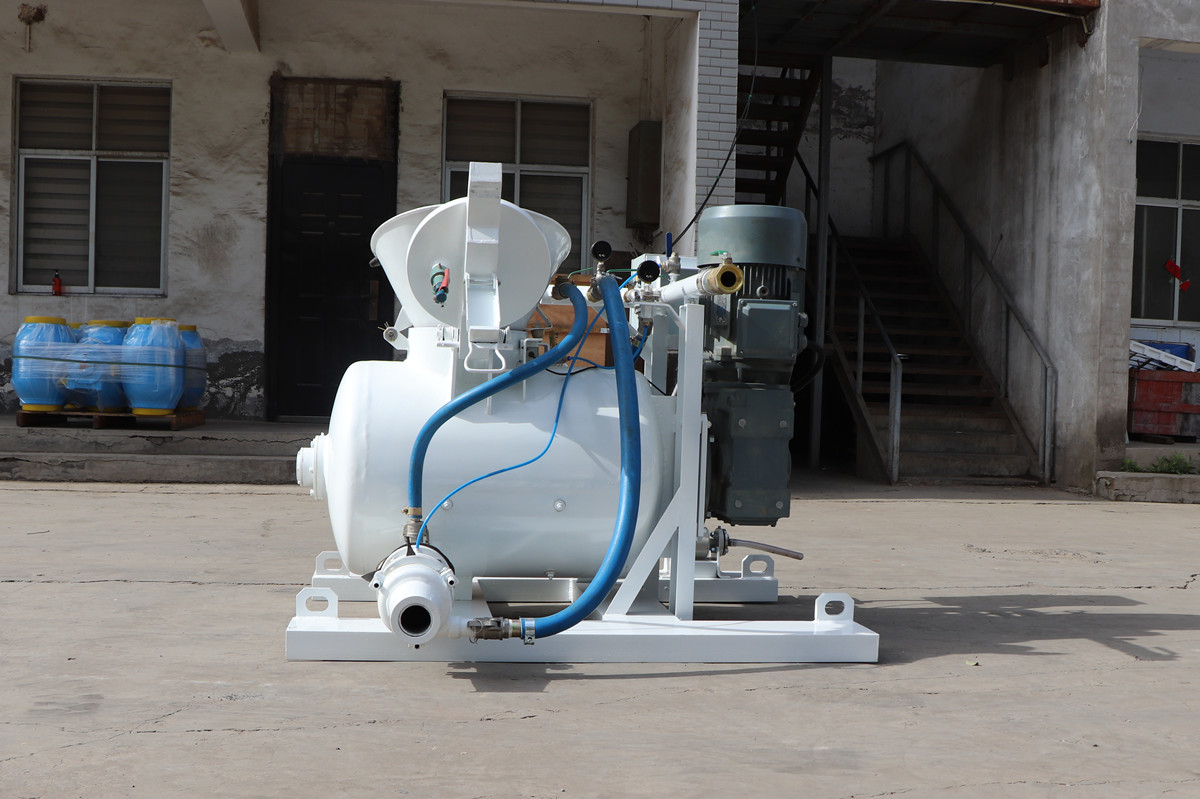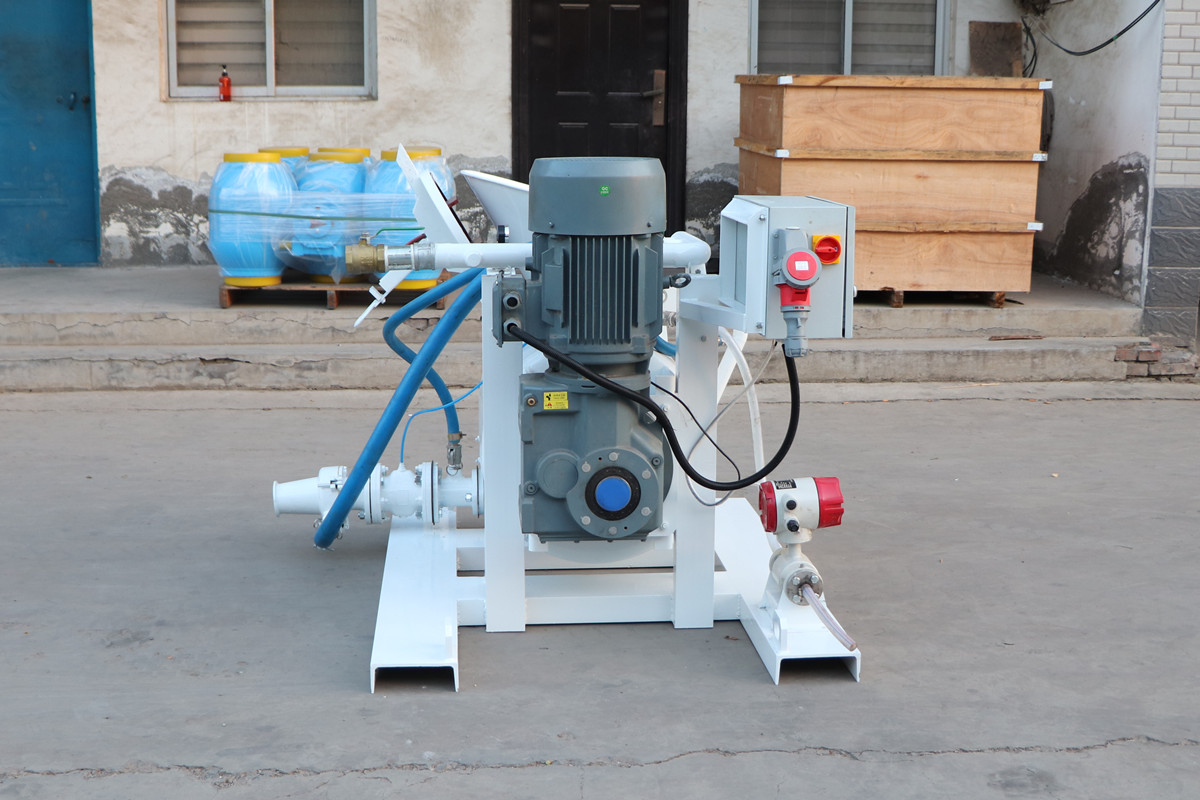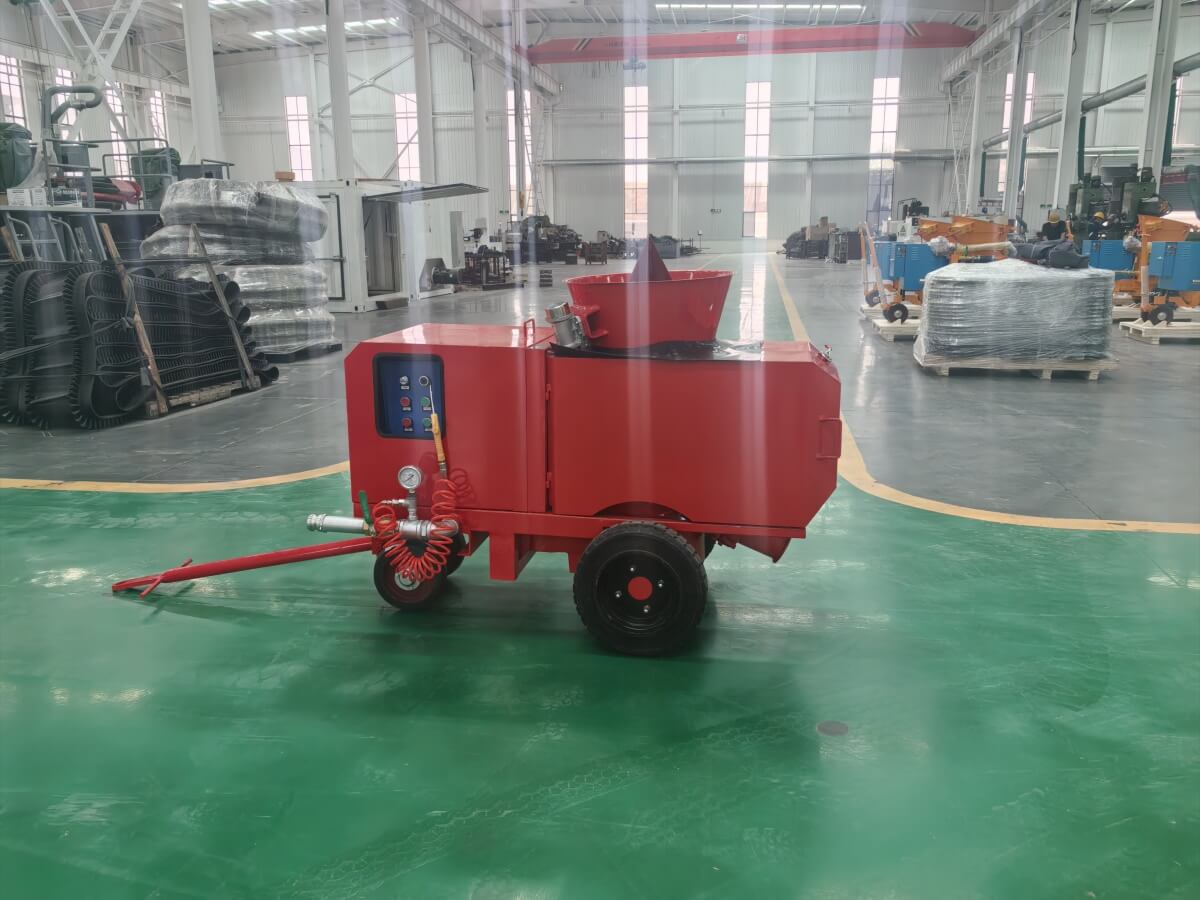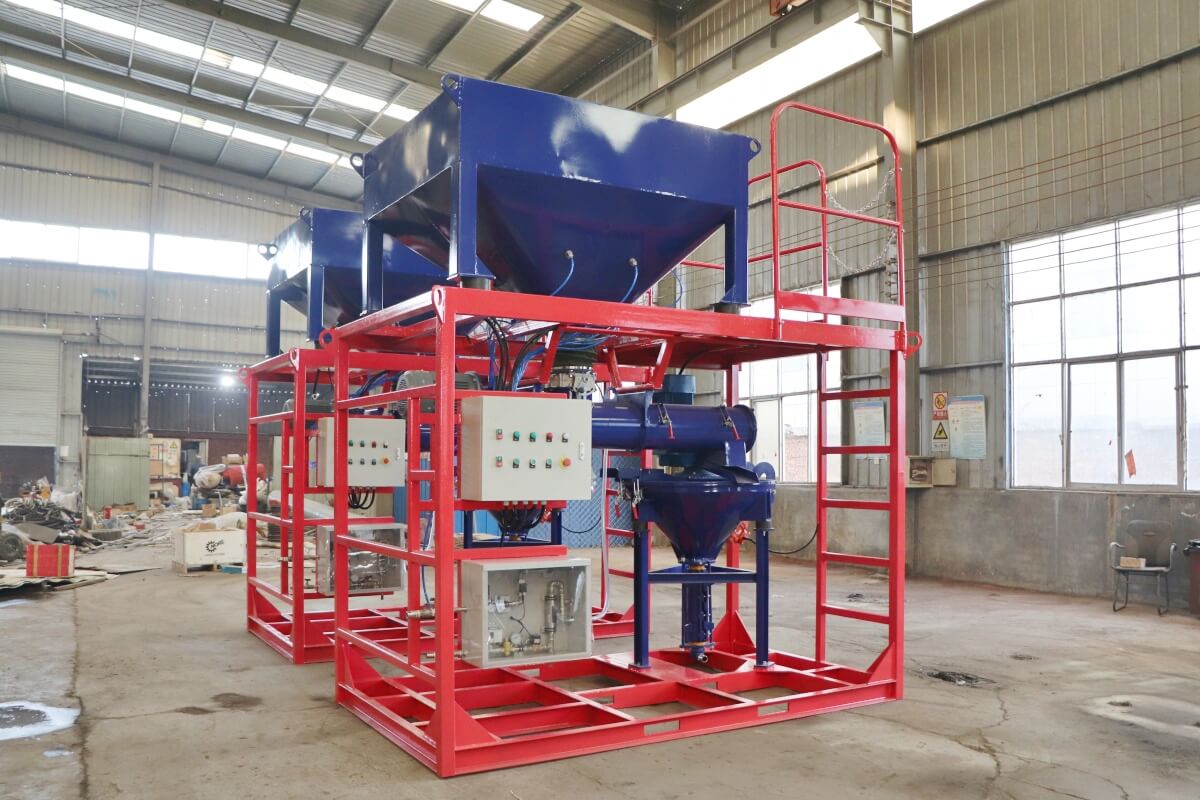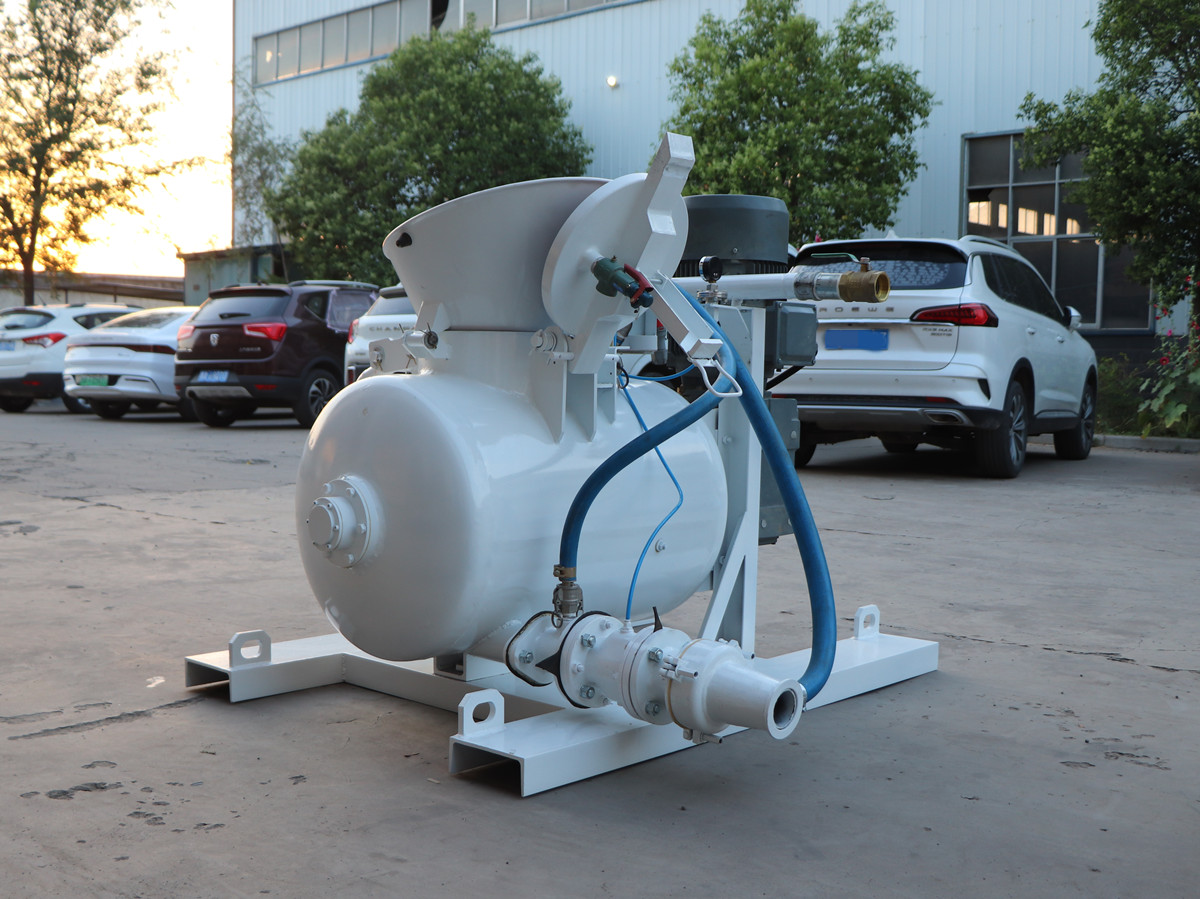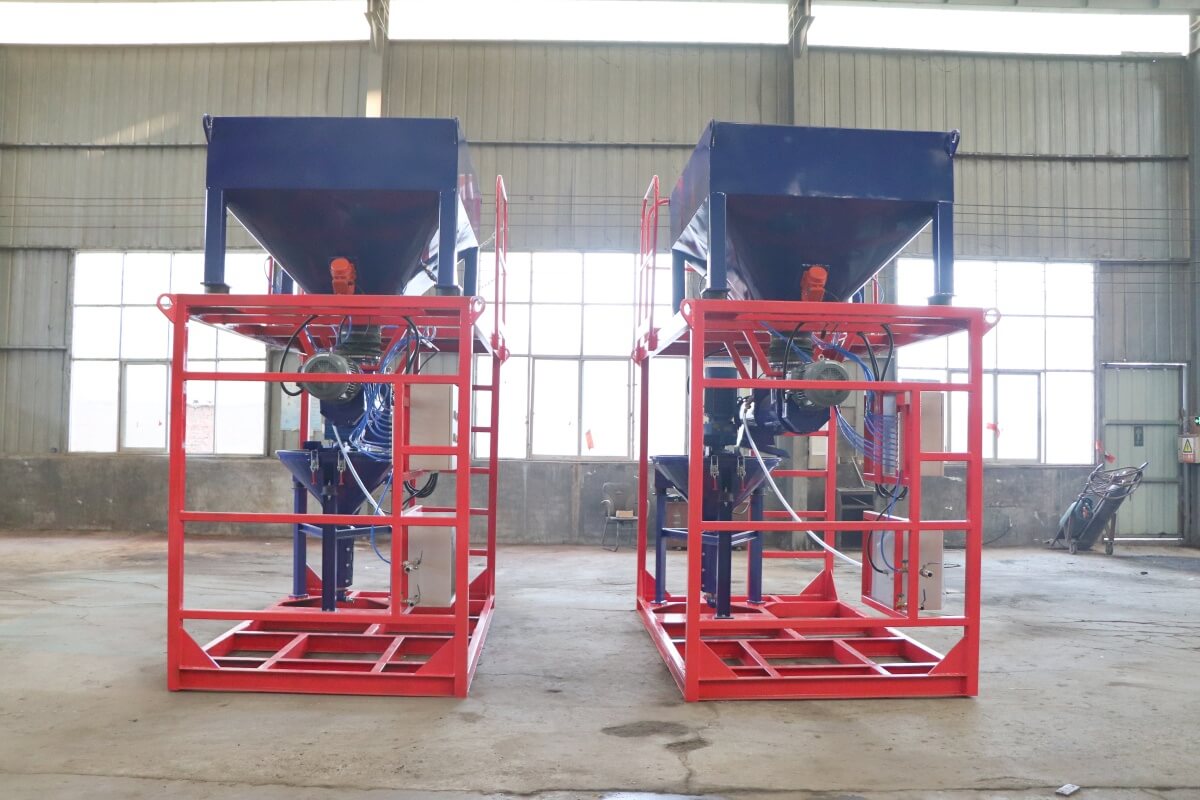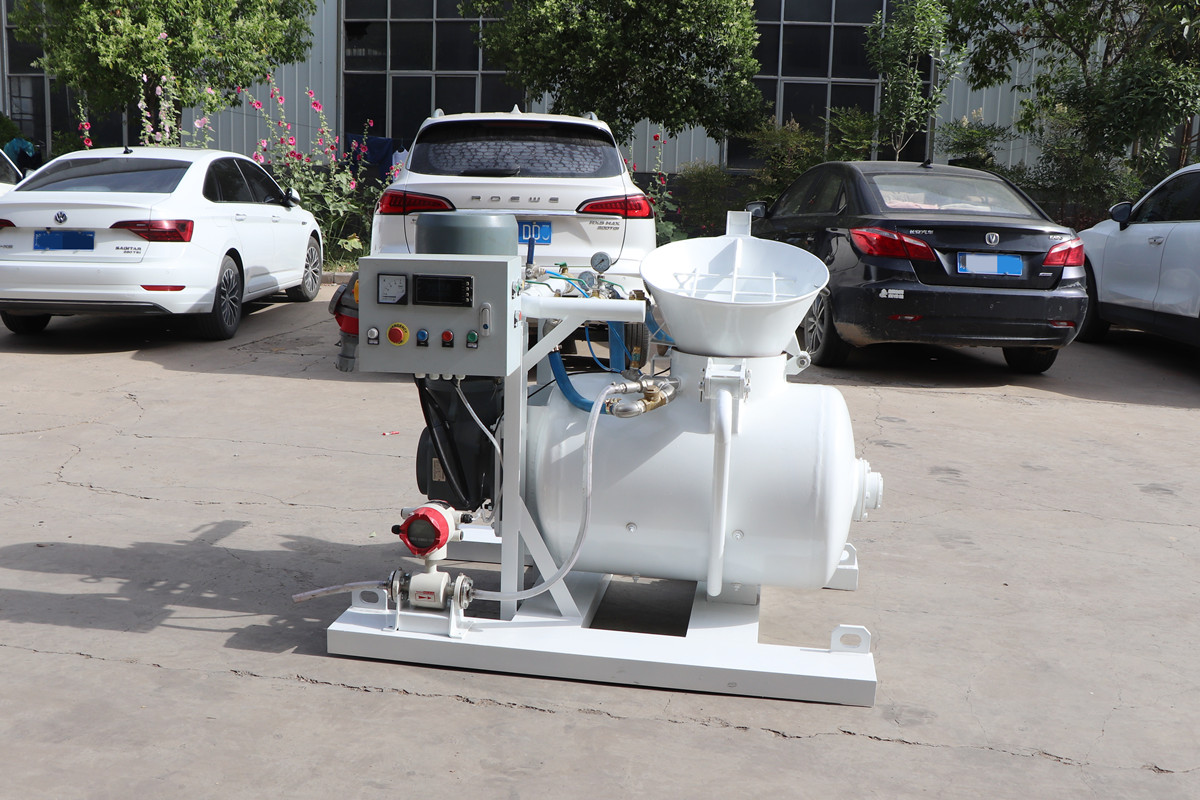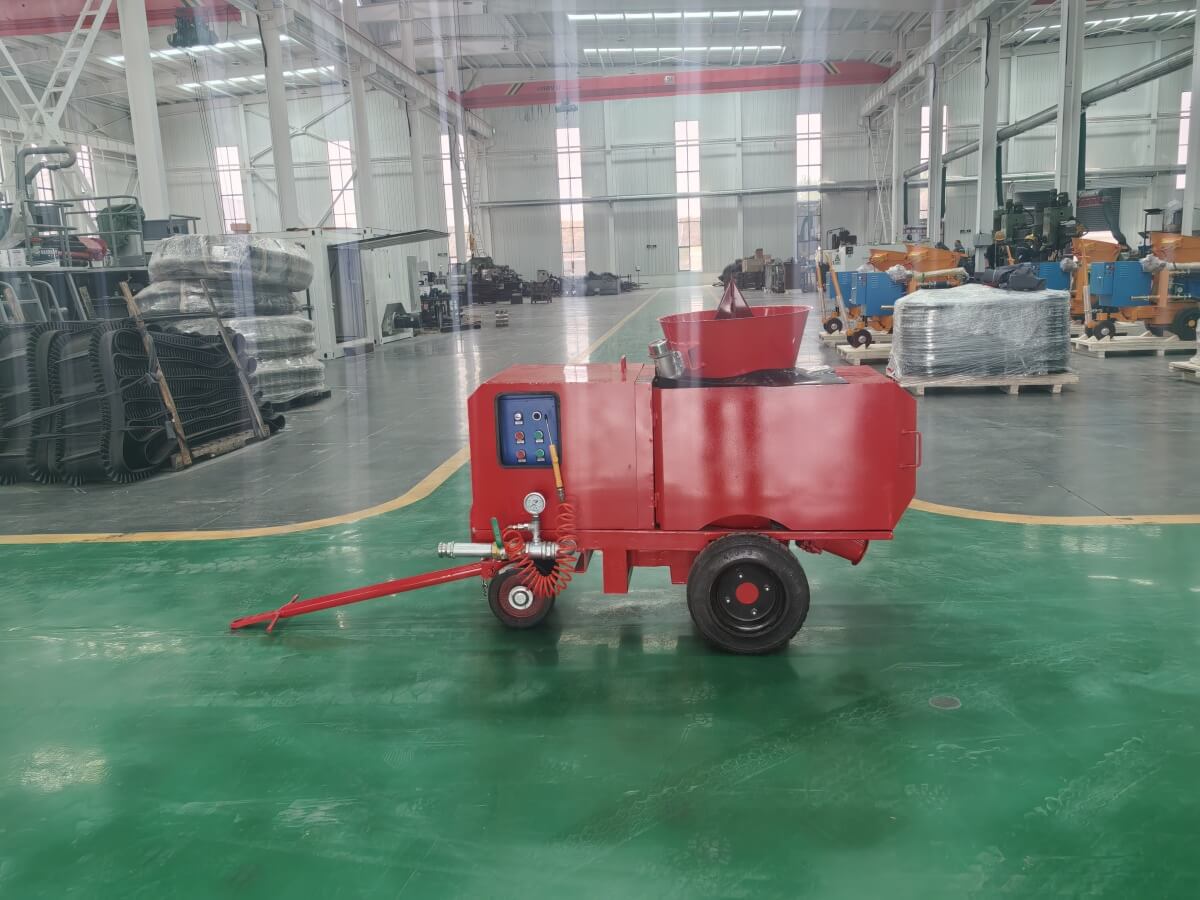Refractory mixing and conveying unit
Refractory mixing and conveying unit plays an important role in industrial production, especially in areas where high-temperature materials need to be handled, such as steel, glass, ceramics and other industries. This unit is usually used to mix and convey refractory materials (such as raw materials for refractory concrete and refractory bricks) to meet specific needs in the production process.
1. Refractory mixing unit
The refractory mixing unit is mainly responsible for mixing a variety of refractory materials in a certain proportion to ensure the performance and quality of the final product. The unit may contain the following key components:
Mixer: Use efficient mixing equipment, such as forced mixers or planetary mixers, to ensure that the refractory materials can be evenly mixed. These devices usually have a large mixing capacity and strong mixing ability to meet the production needs of different scales.
Metering system: Equipped with precise metering equipment to measure and control the input amount of various refractory materials to ensure the accuracy of the mixing ratio.
Control system: Integrate advanced control systems to realize automatic control of the mixing process, including the setting and adjustment of parameters such as mixing time and mixing speed.
2. Refractory conveying unit
The refractory conveying unit is responsible for conveying the mixed refractory materials to the designated location, such as kilns, molding machines, etc. This unit may include the following key parts:
Conveying pump: For refractory materials with good fluidity, conveying pumps can be used for conveying. These pumps usually have characteristics such as high temperature resistance and wear resistance to adapt to the special properties of refractory materials.
Conveyor belt: For block or granular refractory materials, conveyor belts can be used for conveying. Conveyor belts have the characteristics of strong bearing capacity and stable operation, and can adapt to refractory materials of different shapes and sizes.
Pipeline system: During the transportation process, refractory materials may need to be transported to a distant location through a pipeline system. The pipeline system should have good sealing and high temperature resistance to prevent refractory leakage and heat loss.
3. Overall characteristics and applications
High temperature resistance: Refractory mixing and conveying units need to be able to withstand high temperature environments to ensure that they can still work normally under high temperature conditions.
Wear resistance: Since refractory materials usually have high hardness and wear resistance, mixing and conveying equipment needs to have strong wear resistance.
High degree of automation: In order to improve production efficiency and product quality, refractory mixing and conveying units usually have a high degree of automation, which can realize automatic control of mixing, conveying and other processes.
Wide application: Refractory mixing and conveying units are widely used in the production process of refractory materials in industries such as steel, glass, and ceramics, and are one of the indispensable important equipment in these industries.
In summary, refractory mixing and conveying units play an important role in industrial production. They ensure the performance and quality of refractory materials through efficient mixing and conveying processes, and meet specific needs in the production process.
